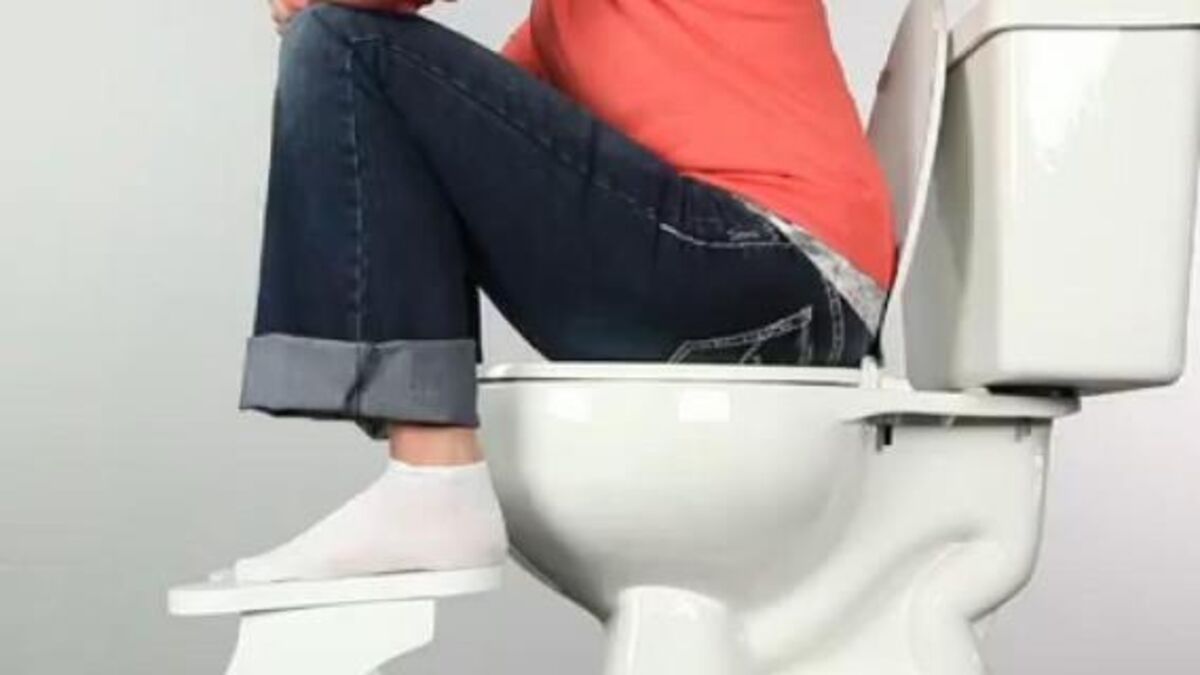Let's Talk Kegels
Should you or should you not do them?

As the story goes, most women experiencing pelvic floor dysfunction are advised to do kegels in astronomical sets and reps. In reality, this often exacerbates the problem. Many women are shocked when I tell them this in the clinic. After doing countless kegels with little to no progress, they end up in my office seeking help.
A kegel is often touted as the way to strengthen the pelvic floor. While this is theoretically correct, most women struggle to perform a kegel correctly, which is better described as a pelvic floor contraction. They simply cannot properly recruit or sense what their pelvic floor is doing.
During a thorough pelvic floor exam, a pelvic floor therapist will perform both external and internal components. The internal vaginal exam is crucial for understanding how a patient is performing a kegel. This helps the therapist provide better cues, enabling the patient to accurately self-assess and practice proper pelvic floor contractions outside of the clinic.
Often, the dysfunction lies in the inability to relax the pelvic floor. When the patient tries to contract the pelvic floor, it is already tense, resulting in limited to no further contraction. Thus, kegels can reinforce the hypertonic state of the pelvic floor muscles.
I teach my patients to become attuned to their pelvic floor by first learning to relax these muscles. This can be achieved through breathing exercises, yoga, stretching and intentional movements and exercises as well as manual interventions performed by the pelvic floor therapist. Retraining the motor program for doing a kegel requires a significant mental focus and effort. A trained pelvic floor therapist is essential for understanding the importance of relaxing the pelvic floor before learning to contract it. Mastering both relaxation and contraction is vital for bladder health and control.
Once a patient learns to properly relax and contract their pelvic floor, the home program becomes very functional. There are ways to progress the pelvic floor contraction to involve more dynamic movements, but there are also simple ways to incorporate kegels into daily activities, such as performing a kegel when lifting dishes from the dishwasher, during transfers, or holding the contraction while sitting at a red light.
So, should you do kegels? Not yet. Seek feedback and training from a pelvic floor physical therapist who can guide you and then transition you to doing the exercises correctly on your own at home.










